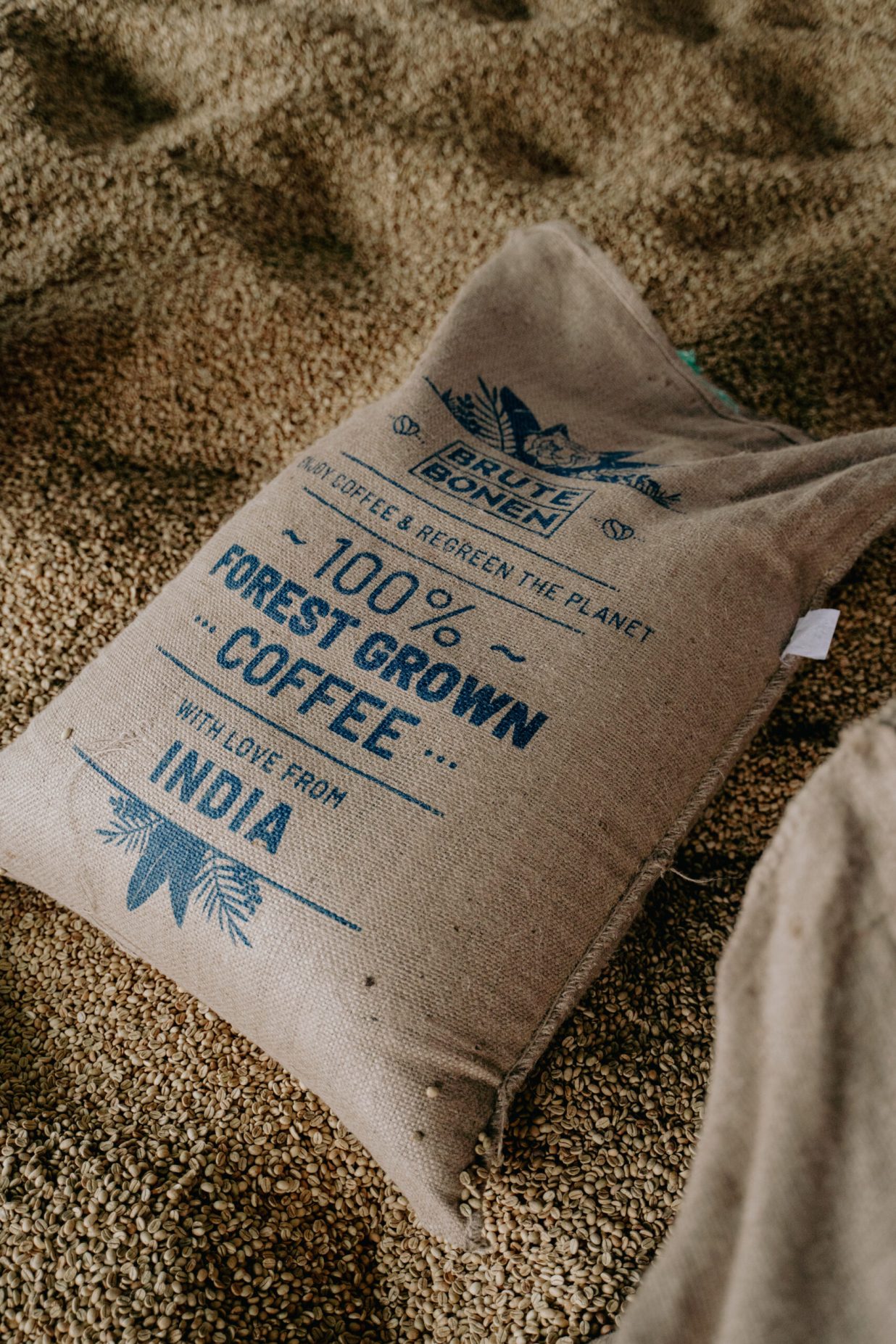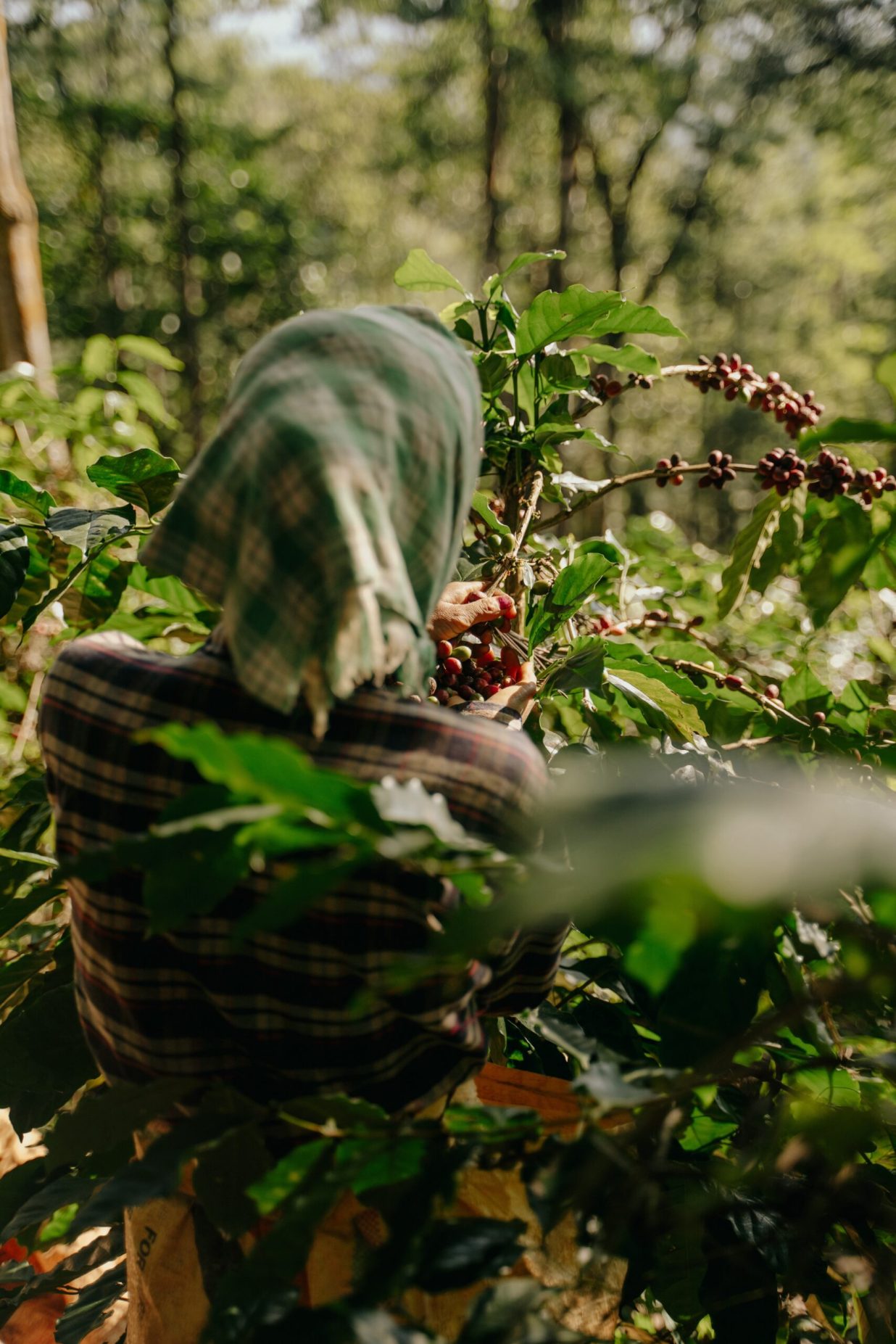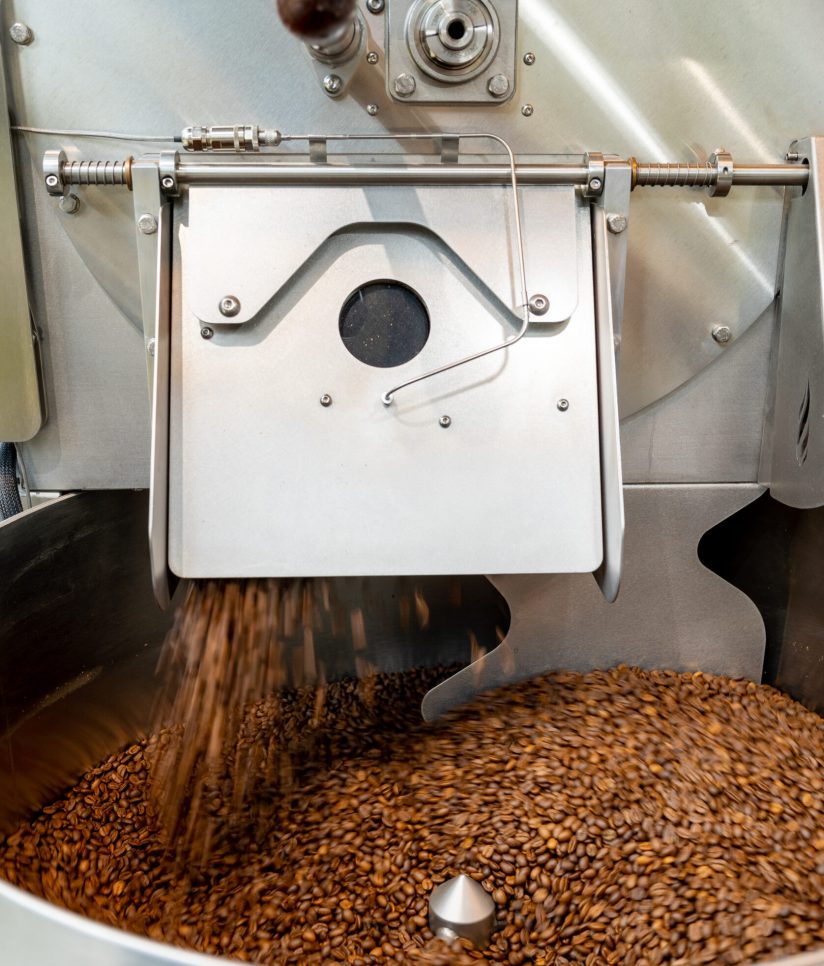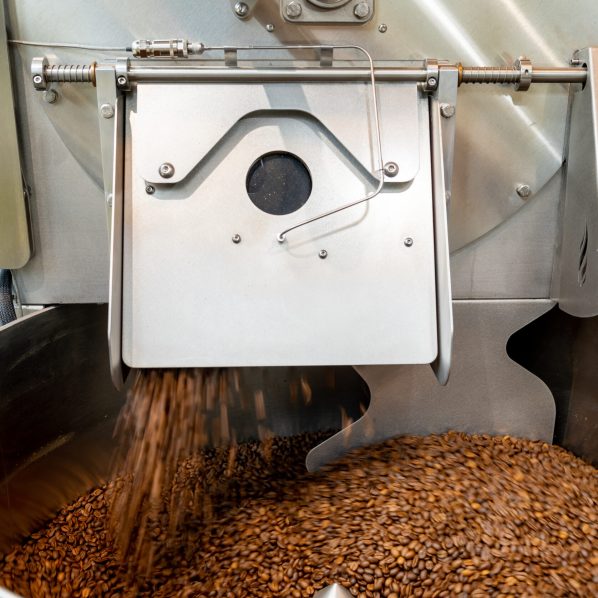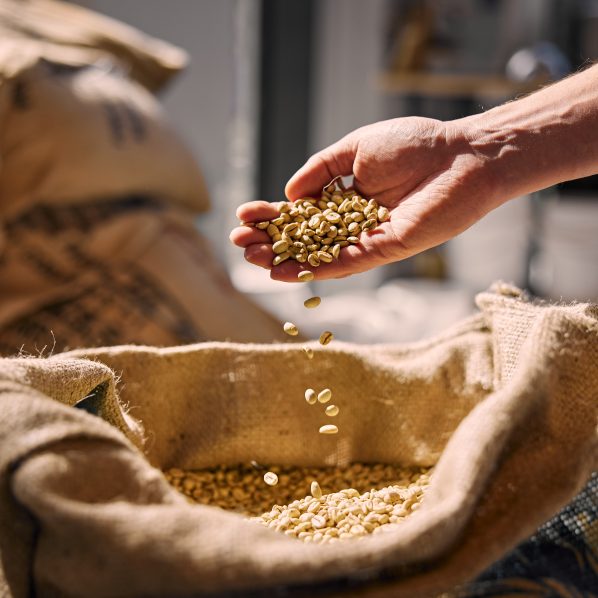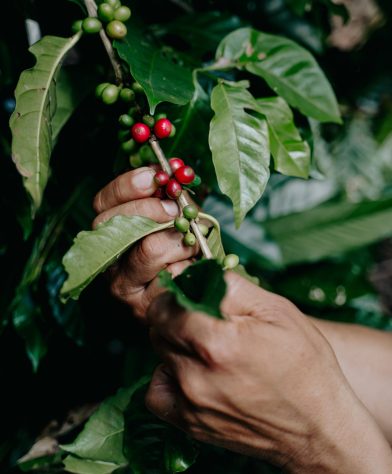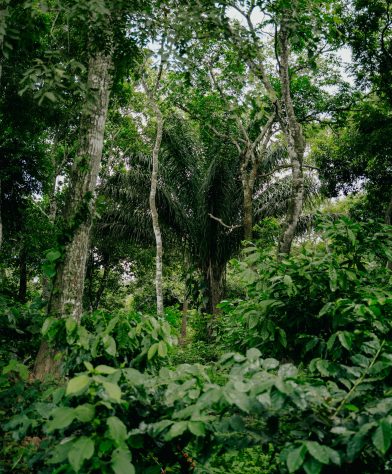Liefde voor smaak
We zijn Brute Bonen gestart uit liefde voor smaak. Twee kookgekken die in al hun recepten op zoek gaan naar perfectie. Sous-vide garen, ijs maken, brood bakken, roken, injecteren, BBQ’en, alles wordt uit de kast getrokken voor een goed experiment. Op zoek naar de ultieme smaakbeleving challengen we de status quo en doen het graag anders.
En dat geldt ook voor espresso.
Maak je geen zorgen over morgen
Voorkomen is beter dan genezen. Het is echter goed om je te kunnen aanpassen aan minder gunstige omstandigheden. Koffiebossen zijn beter bestand tegen klimaatverandering dan koffieplantages in de volle zon. Water kan beter worden vastgehouden in de bodem en hoge temperaturen worden geabsorbeerd door de bomen, die deze omstandigheden kunnen weerstaan. Kortom: de bossen zijn veerkrachtiger en kunnen dus bonen blijven produceren.
Wij zijn overtuigd, en onze boeren ook. Schaduwkoffie is de duurzame keuze, nu en in de toekomst. Robuuste bonen, maar milieuvriendelijk. Benieuwd naar de smaak?

